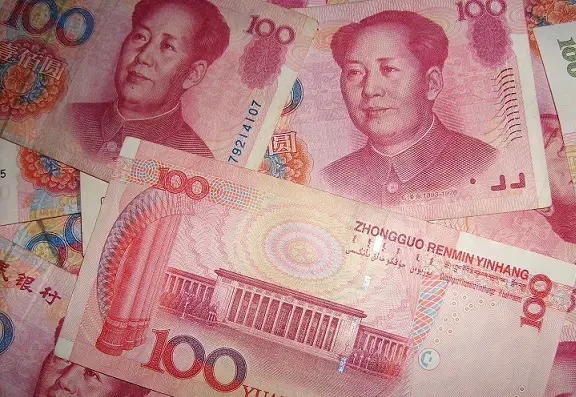On Tuesday, the state-owned China National Offshore Oil Corporation (CNOOC) announced that the nation had taken receipt of its first liquified natural gas (LNG) cross-border shipment to be settled in yuan.
The shipment consisted of 65,000 tons of LNG delivered from the United Arab Emirates (UAE)
The CNOOC noted this transaction marked the latest indication of the growing presence of the yuan as a means of cross-border transaction settlements on the international stage, as the currency moves toward a more regular means of settling oil and gas trade. Beijing has been promoting settlements in currencies other than the dollar as part of a broader de-dollarization strategy, designed to minimize the prominence of both the dollar and euro on the international stage.
China’s move to develop alternative means of settling trade obligations in currencies other than the dollar and the euro has accelerated, following the United States imposing a sweeping package of sanctions against Russia, a major exporter of oil and gas. It has also been motivated by rising tensions with China over both the status of Taiwan, as well as attempts by DC to limit the ability of China to access more advanced technologies.
Earlier this month, Reuters reported that the trade in commodities between Russia and China had reached $88 billion over the past year. Nearly all of the purchases Beijing made of crude oil, gas, coal, and some metals are now settled in yuan.
Last year, in value terms, commodity imports by China from Russia increased by 52%, as shipments of crude and fuel oil hit $60.3 billion, according to Chinese customs data.
Chi Lo, senior investment strategist at BNP Paribas Asset Management predicted, “For now, and for the foreseeable next few years, I think the trade using RMB will predominantly be used for commodity and energy trade.”
He added, “This is a very long-term development stretching into the coming one or two, even three decades” while more nations join the “RMB bloc” to diminish the risks of dollar exposure, “especially after they’ve seen what the US-led sanctions against Russia have done.”
In 2022, the share of Russian import settlements in yuan rose to 23% from 4% the year before.

